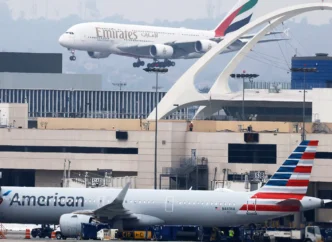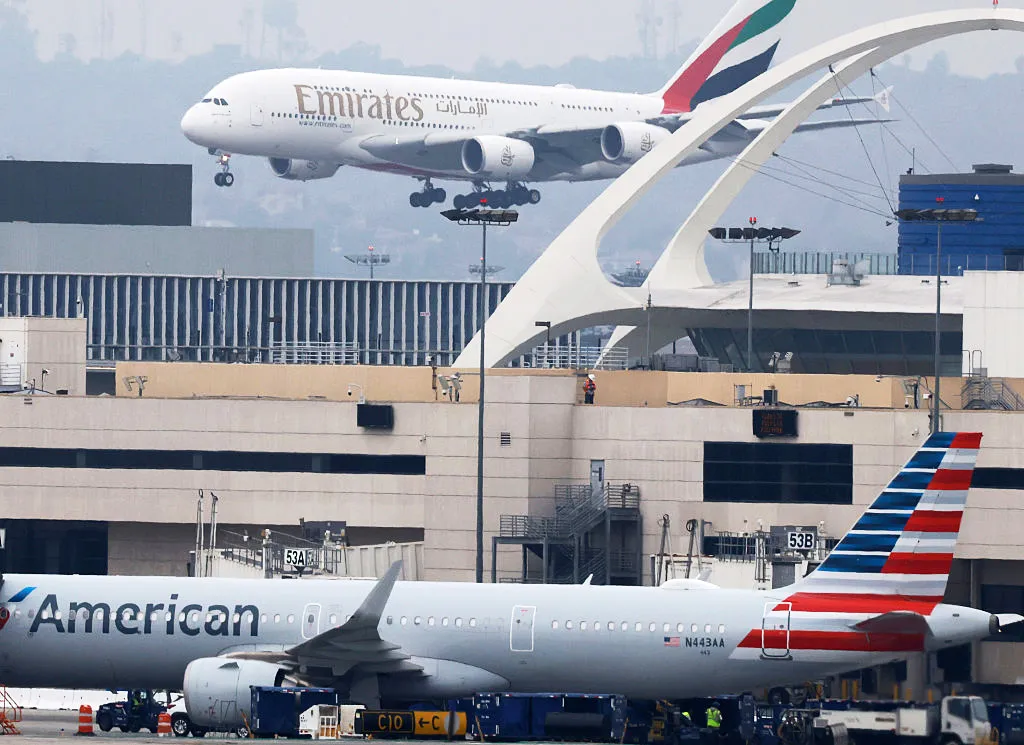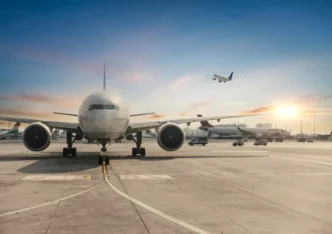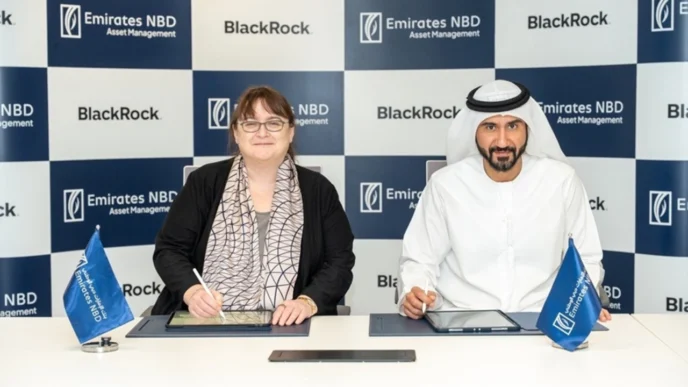Emirates Airlines, one of the world’s leading carriers, has announced plans to equip its aircraft with Starlink satellite internet, a move that represents a significant milestone for SpaceX’s ambitious global connectivity ambitions. The decision underscores the growing demand for high-speed, reliable internet in the aviation industry and positions Starlink as a formidable competitor in in-flight connectivity services.
The Deal: Transforming In-Flight Internet
The partnership between Emirates and SpaceX will see the integration of Starlink’s low-Earth orbit (LEO) satellite network into the airline’s fleet. This initiative aims to provide passengers with unprecedented internet speeds, broader coverage, and lower latency compared to traditional satellite systems.
- Coverage Advantage: Unlike geostationary satellites used in conventional aviation Wi-Fi, Starlink’s LEO satellites orbit closer to Earth, reducing lag and providing more consistent service over oceans and remote regions.
- Speed and Reliability: Passengers can expect internet speeds significantly higher than current in-flight offerings, potentially enabling seamless streaming, video conferencing, and other data-intensive applications.
- Global Reach: The integration aligns with Emirates’ extensive international network, ensuring high-quality connectivity across long-haul routes to Europe, Asia, Africa, and the Americas.
For SpaceX, this deal represents one of the largest commercial aviation contracts for Starlink, signaling confidence in the system’s capacity to support high-demand enterprise and consumer applications.
Strategic Implications for Emirates
Emirates’ decision to adopt Starlink demonstrates the airline’s commitment to enhancing passenger experience and staying competitive in the premium travel market:
- Passenger Experience: With Starlink, Emirates can offer a more seamless digital experience, meeting growing customer expectations for constant connectivity during flights.
- Operational Benefits: Reliable internet enables improved in-flight operations, including real-time updates for crew, better flight monitoring, and enhanced communications with ground teams.
- Brand Positioning: Adopting cutting-edge technology reinforces Emirates’ reputation as a leader in innovation and luxury travel.
“Starlink is transforming the way passengers experience air travel,” said an Emirates spokesperson. “We are excited to bring next-generation connectivity to our fleet and ensure our customers enjoy world-class service at 35,000 feet.”
SpaceX and the Starlink Expansion
For SpaceX, Emirates’ adoption of Starlink represents a major commercial endorsement and a validation of the satellite internet program’s scalability:
- Revenue Potential: Aviation represents a new, high-value revenue stream beyond individual and enterprise subscriptions.
- Technical Achievement: The partnership demonstrates Starlink’s capability to provide robust, low-latency service to fast-moving aircraft across multiple continents.
- Global Expansion: Success with Emirates could pave the way for additional airline partnerships worldwide, helping SpaceX capture a significant share of the in-flight connectivity market.
SpaceX has been steadily increasing its constellation of LEO satellites, now numbering in the thousands, to expand coverage and bandwidth. This agreement highlights the system’s ability to meet high-demand commercial applications.
Market Context and Competition
The in-flight connectivity market has traditionally been dominated by geostationary satellite providers such as Inmarsat, Viasat, and Gogo. Starlink’s entry into the market introduces new competition with advantages in latency, bandwidth, and global coverage, potentially reshaping the industry.
Airlines globally are increasingly seeking reliable high-speed internet as a differentiator, especially for long-haul flights. The Emirates-Starlink deal may accelerate adoption among other carriers, particularly in Asia, the Middle East, and North America.
Technical Challenges and Implementation
While promising, the integration of Starlink into Emirates’ fleet involves complex technical challenges:
- Antenna Systems: Aircraft will require specialized phased-array antennas to maintain a stable connection with LEO satellites during high-speed flight.
- Regulatory Approvals: Starlink must comply with aviation safety regulations and secure approvals from multiple national aviation authorities.
- System Integration: Ensuring seamless operation with in-flight entertainment, communications, and operational networks requires extensive testing and certification.
SpaceX has previously demonstrated the ability to equip planes with functional LEO satellite internet, and the Emirates deal suggests confidence in overcoming these challenges at scale.
Global Implications for Aviation Connectivity
The partnership signals a shift in the aviation industry’s approach to internet connectivity:
- Passenger Expectations: As remote work and digital entertainment become integral to travel, high-speed internet is increasingly seen as essential.
- Competitive Pressure: Airlines without reliable connectivity risk losing market share to carriers offering Starlink-level service.
- Technological Innovation: LEO satellite networks are emerging as a viable alternative to traditional geostationary systems, particularly for long-haul international travel.
“This deal could set a new standard for in-flight internet,” said an aviation analyst. “Passengers will expect seamless connectivity everywhere, and Starlink may become the benchmark.”
Conclusion
Emirates Airlines’ decision to adopt Starlink represents a strategic win for SpaceX and a transformative step for the aviation industry. By providing high-speed, low-latency internet across the airline’s global network, the partnership promises to redefine the in-flight experience for passengers and offers a lucrative new market for Starlink.
As airlines increasingly compete on digital services and customer experience, Starlink’s adoption by a major carrier like Emirates could accelerate a broader shift in aviation connectivity, setting the stage for a future where high-speed internet at 35,000 feet is the norm rather than the exception.
















